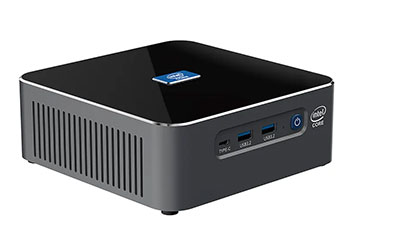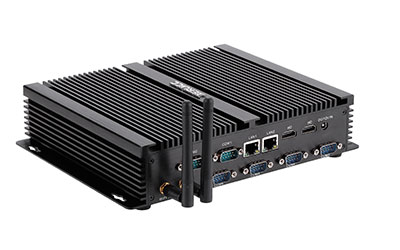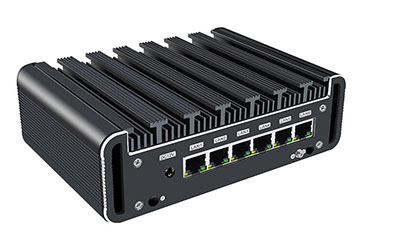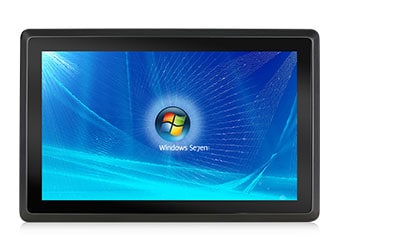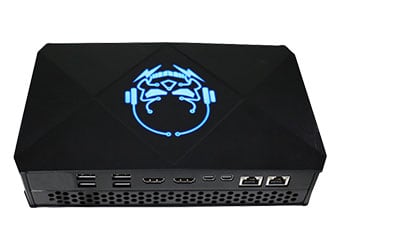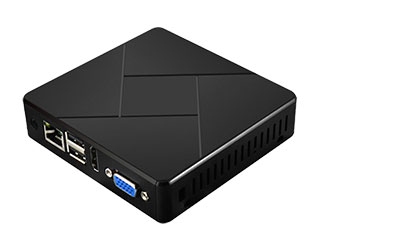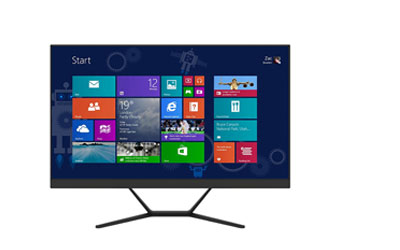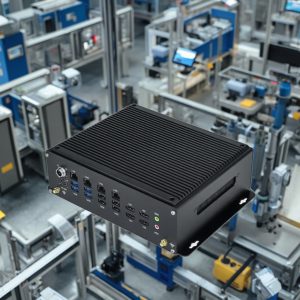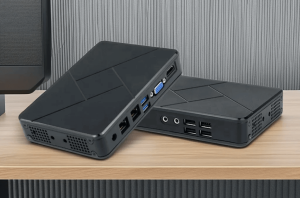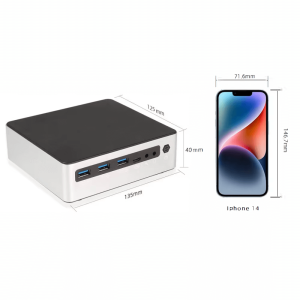Table of Contents
ToggleToday, let us explore the two screen types of JIERUICC industrial touch screen PC: capacitive screen and resistive screen. We will analyze their differences in detail from the aspects of screen type, principle, structure, accuracy and cost, and usage scenarios.
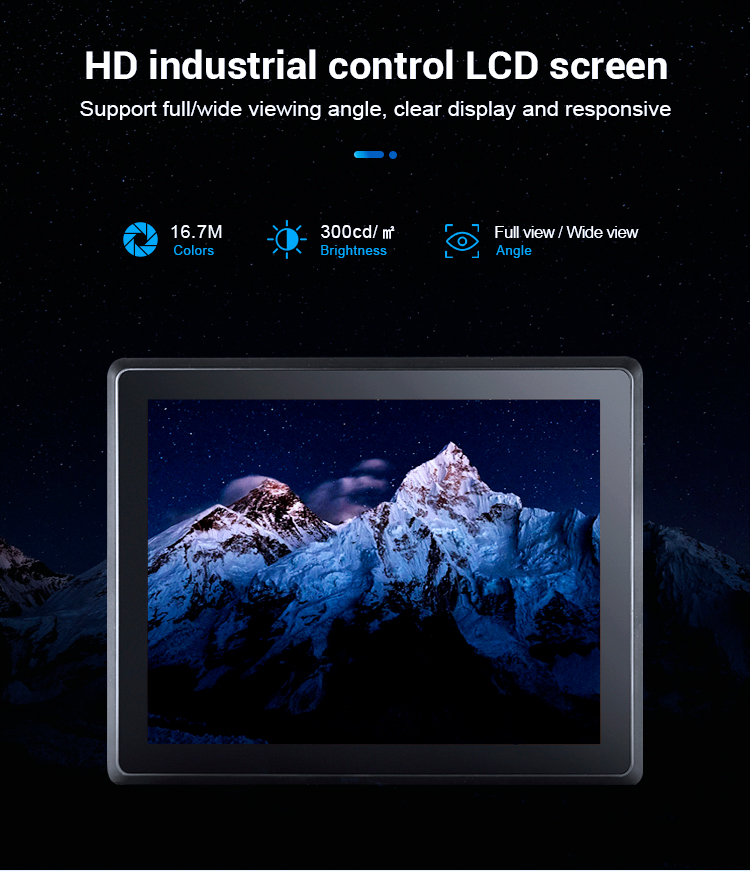
Popularly Industrial Touch Screen PC Technologies
Capacitive and resistive screens have significant differences in their working principles, construction, accuracy, and cost. The capacitive screen determines the touch position through capacitive sensing, supports multi-touch, and has higher accuracy, but the cost is higher; while the resistive screen determines the touch position through pressure sensing, supports single-touch, and has lower accuracy, but the cost is lower. The capacitive screen has a high contrast and bright colors and is suitable for outdoor or strong light environments; the resistive screen has a low contrast and dull colors and is suitable for indoor environments.
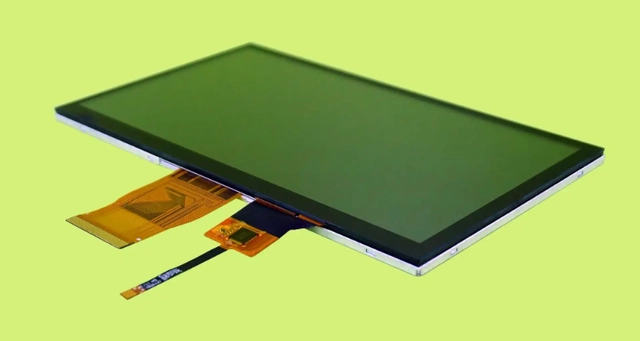
JIERUICC’s industrial touch screen PC: Windows X86 Industrial PC and Android Panel PC are composed of capacitive screen and resistive screen. They have the following main differences:
1. Working principle:
– Capacitive screen: Capacitive screen determines the touch position through capacitive sensing. When a finger or other conductive object touches the screen, the capacitance of the screen surface changes, resulting in a corresponding touch event.
– Resistive screen: Resistive screens use pressure sensing to determine touch location. When the screen is touched, the top screen is squeezed, causing a change in resistance between the two screens, thereby generating a corresponding touch event.
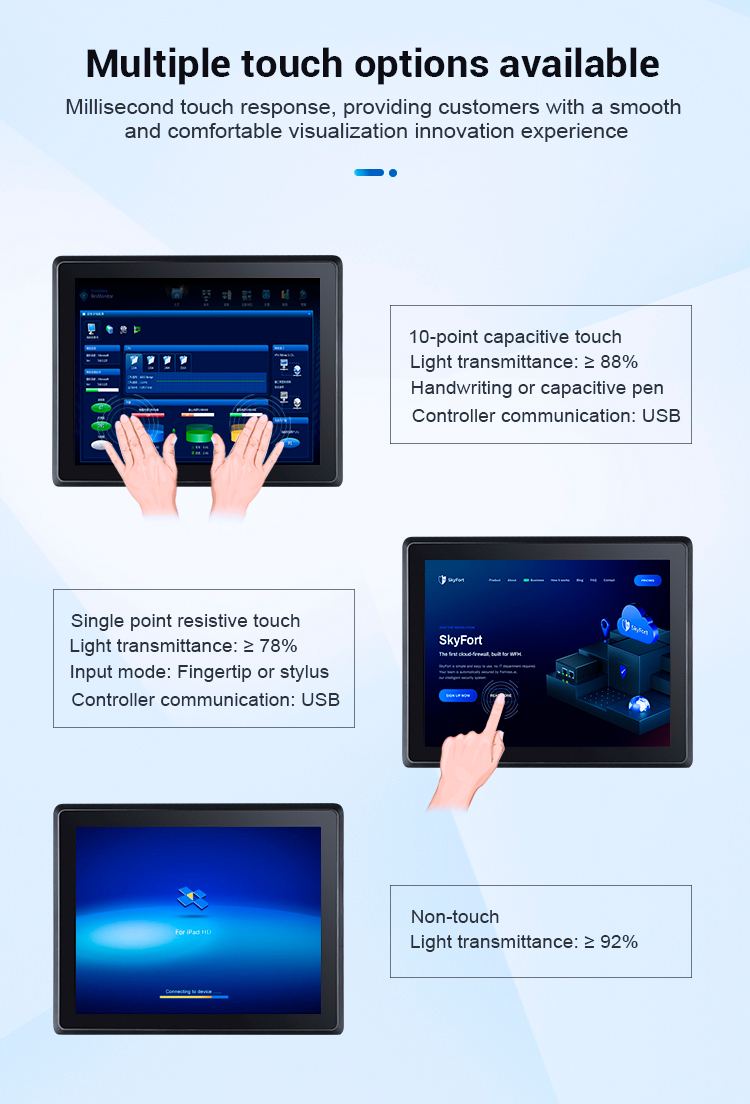
2. Structure:
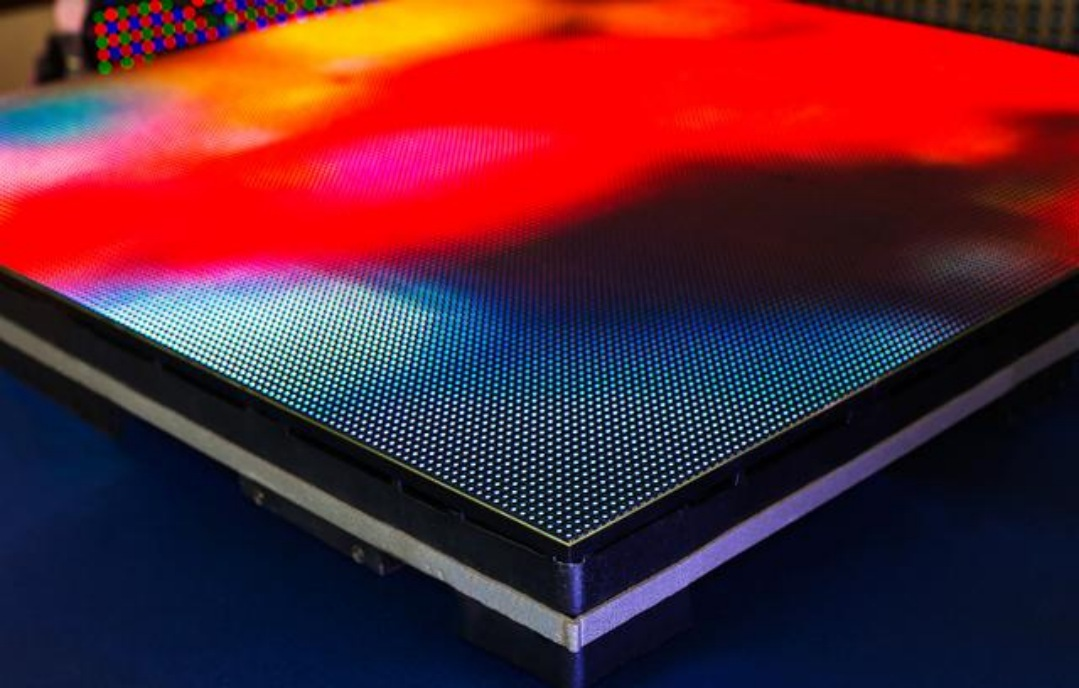
– Capacitive screen: Capacitive screen usually consists of a glass panel, a conductive layer (such as ITO), an insulating layer (such as glass or plastic), and another conductive layer. The capacitive screen has a smooth surface and supports multitouch.
– Resistive Screens: Resistive screens usually consist of two layers of flexible resistive material (such as conductive plastic) separated by a layer of fine mesh. The top screen is usually made of plastic material and supports single-touch.
3. Accuracy:
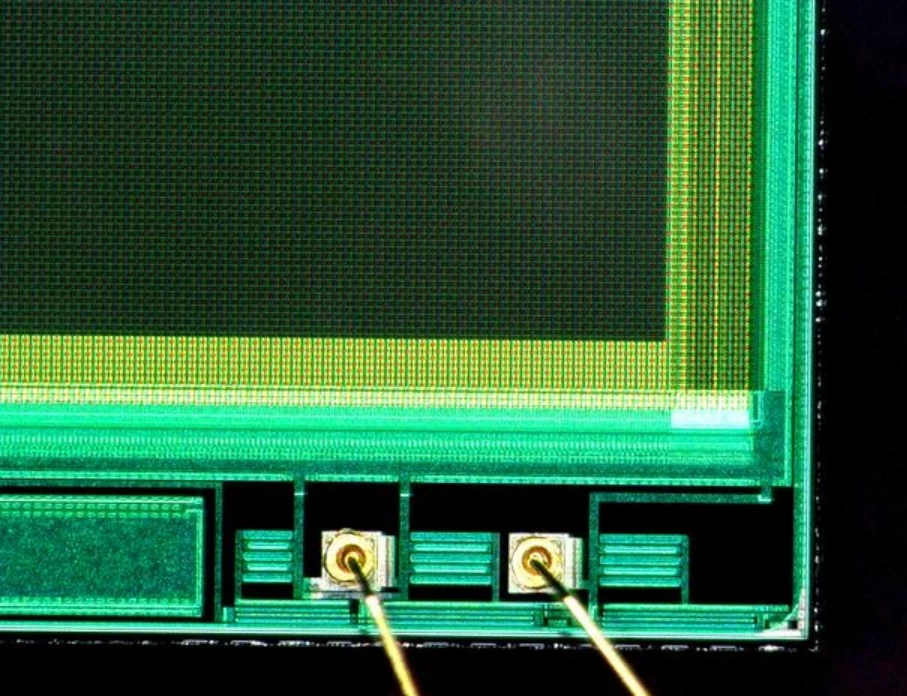
– Capacitive screen: Capacitive screen has high precision, usually supports multitouch, and can recognize gestures.
– Resistive screen: Resistive screens have relatively low accuracy and do not support multitouch, but they can be used with gloves or when the screen is wet.
4. Cost:
– Capacitive screen: The cost of a capacitive screen is usually higher because its manufacturing process and materials are relatively complex.
– Resistive screen: The cost of a resistive screen is relatively low because of its simple construction and production process.
5. Contrast:
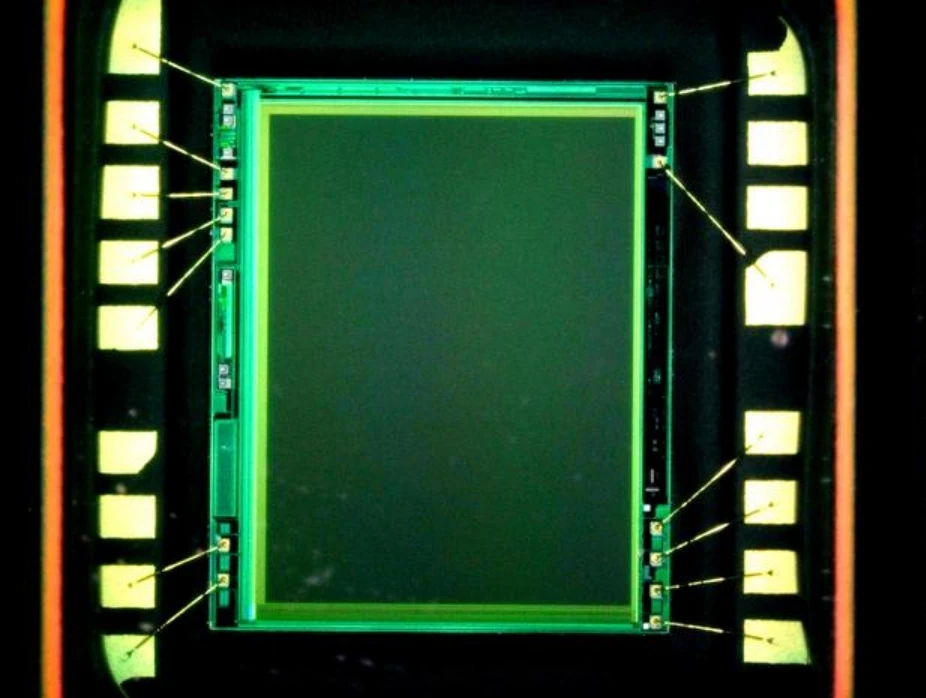
– Capacitive screen: The capacitive screen has a high contrast and displays bright colors.
– Resistive screen: The contrast of the resistive screen is low, and the color display is dull.
6. Light transmittance:
– Capacitive screen: The capacitive screen has a high light transmittance and is suitable for outdoor use or in environments with strong light.
– Resistive screen: Resistive screen has low light transmittance and is suitable for indoor environments.
7. Applicable scenarios:
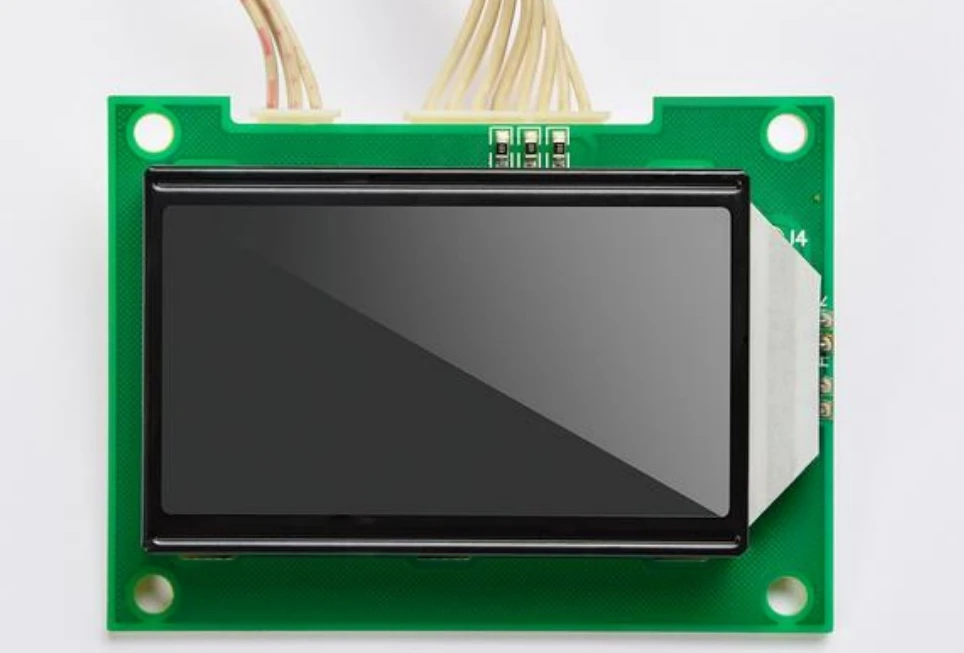
– Capacitive screen: Capacitive screen is widely used in smartphones, tablets, digital signage, and other portable devices.
– Resistive screen: Resistive screen is suitable for special application scenarios such as industrial, medical, and outdoor, such as ATMs, self-service machines, etc.
In short, capacitive screens and resistive screens differ in many aspects. Capacitive screens have advantages in terms of accuracy, contrast, light transmittance, and usage scenarios, while resistive screens are more competitive in terms of cost and certain special application scenarios.
JIERUICC‘s Windows Industrial panel PC J1900 J4125 J6412 Core i3 i5 i7 and Android Panel PC support both two screens. And the product interfaces are also very rich, including multiple serial ports RS232 RS485, Gigabit network port, USB3.0 and USB2.0, Audio, HDMI, VGA, etc. Other interfaces can also be customized. If you have a project that requires industrial touchscreen PC products, please contact JIERUICC to get the best quotation and best service!
Recommended blogs from history:
1. The Advantages of Buying a Compact Personal Computer: Micro PC and NUC Mini PC
2. Utilizing Industrial Panel Pc in Smart Express Cabinets
3. Exploring the Intricacies of Capacitive Touch Screens and Industrial Touch Screen PCs

